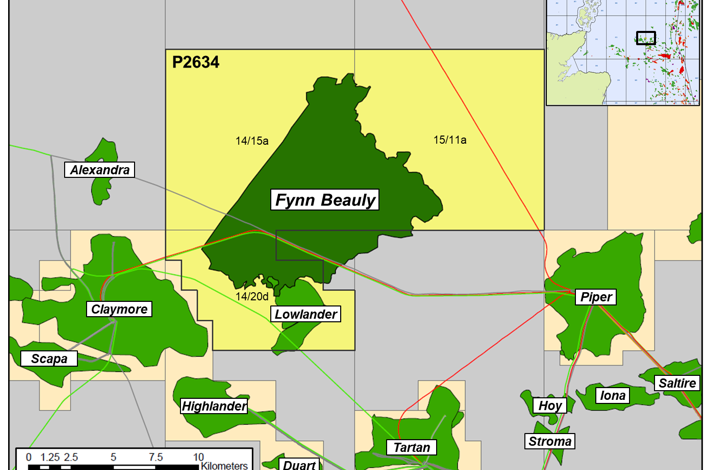Parkmead wins NSTA license in the Outer Moray Firth

The UK government’s North Sea Transition Authority (NSTA) has awarded Parkmead a P2634 license located in the Outer Moray Firth and comprises blocks 14/15a, 14/20d and 15/11a.
Parkmead (50% interest and operator), together with its joint venture partner Orcadian Energy (50% interest), will work toward commercialization of Fynn Beauly, one of the UK’s largest undeveloped discoveries. This heavy oil accumulation has been proven by three wells and is estimated to contain oil-in-place of between 740 million and 1.33 billion barrels of oil equivalent.
The partnership will now determine whether a technically and economically viable development can be delivered within the NSTA’s Net Zero Strategy. By undertaking geophysical, geochemical, reservoir modeling and production technology studies, the work will assess the feasibility of reducing oil viscosity using enhanced oil recovery techniques. This will include the potential combination of polymer flooding with geothermal heat uplift to improve recovery.




